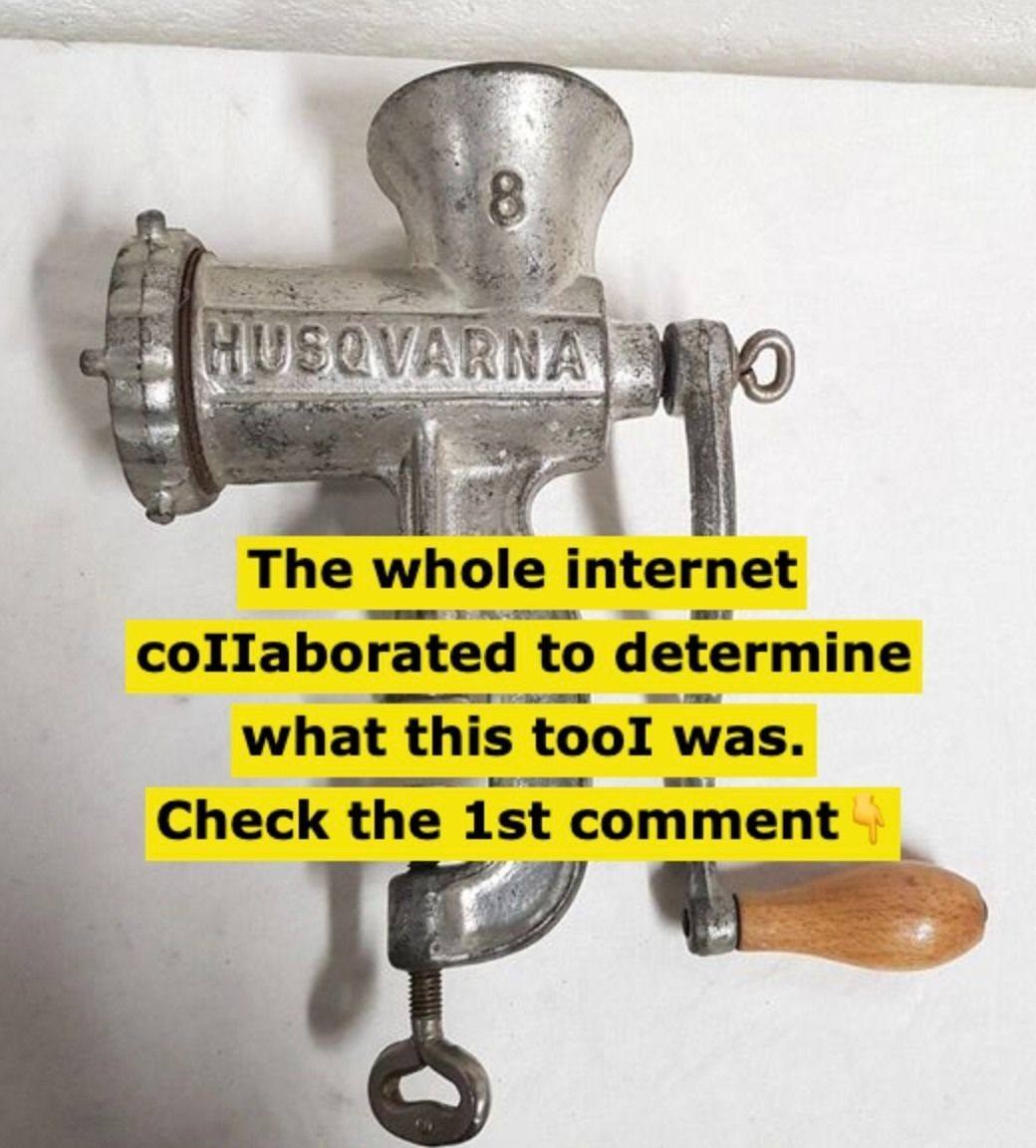In 1908, an engineer for the Hobart Manufacturing Company named Herbert Johnston had a moment of inspiration. As he watched a baker laboriously mix bread dough with a metal spoon, he realized there had to be a better way. This led him to create a mechanical counterpart to simplify the process.
By 1915, Johnston’s 20-gallon mixer became standard equipment in most large bakeries. Just four years later, in 1919, the Hobart Manufacturing Company introduced the Kitchen Aid Food Preparer, which would later be known as the stand mixer. This groundbreaking invention quickly found its rightful place in kitchens across the country.
From the hand-turned rotary beaters of the 19th century to the introduction of electric motors and the birth of the stand mixer, this essential kitchen tool has undergone various innovations to make our lives easier in the kitchen.
More Cool Stuff
So, the next time you whip up a batch of cookies or blend together a mouthwatering cake batter, take a moment to appreciate the rich history behind your trusty mixer. It serves as a testament to human ingenuity and the desire to simplify everyday tasks.
Exploring the Journey of the Meat Grinder
In addition to mixers, another versatile kitchen tool with an intriguing history is the meat grinder. Also known as a “meat mincer” in the United Kingdom, this appliance has been instrumental in mincing and mixing raw or cooked meat, fish, vegetables, and more.
The journey of the meat grinder can be traced back to the 19th century when Karl Drais invented the first version of this remarkable tool. Initially, meat grinders were operated by hand-cranking, pushing the meat through a metal plate with small holes, resulting in long, thin strands of flesh.
With advancements in technology and the widespread availability of electricity, manufacturers began producing powered meat grinders. These modern electric grinders enable the seamless and uniform processing of several pounds of beef. Some models even come with attachments that add functionality, such as sausage-making, kibbe, and juicing, dramatically expanding the range of applications for meat grinders.
So, the next time you’re mincing meat for a savory dish or experimenting with homemade sausages, take a moment to reflect on the journey and ingenuity behind your meat grinder. It serves as a testament to how kitchen tools have evolved to make our culinary adventures more accessible and enjoyable.

